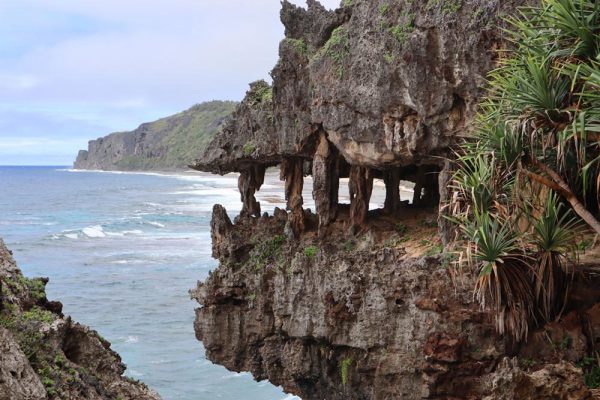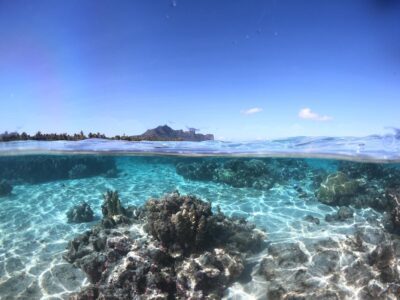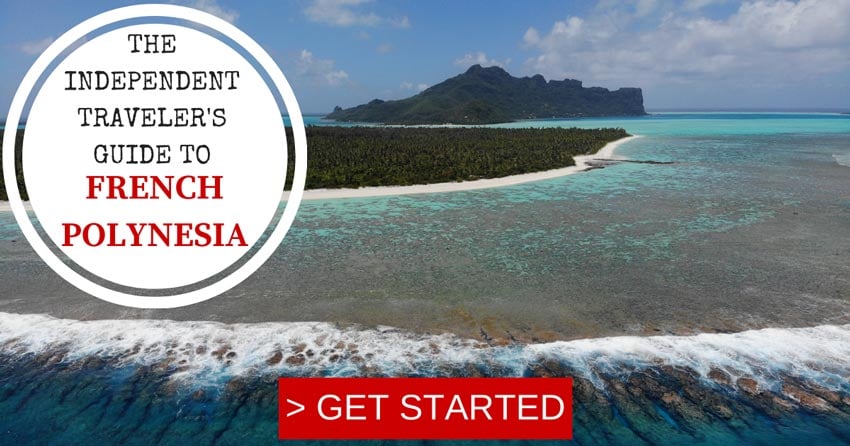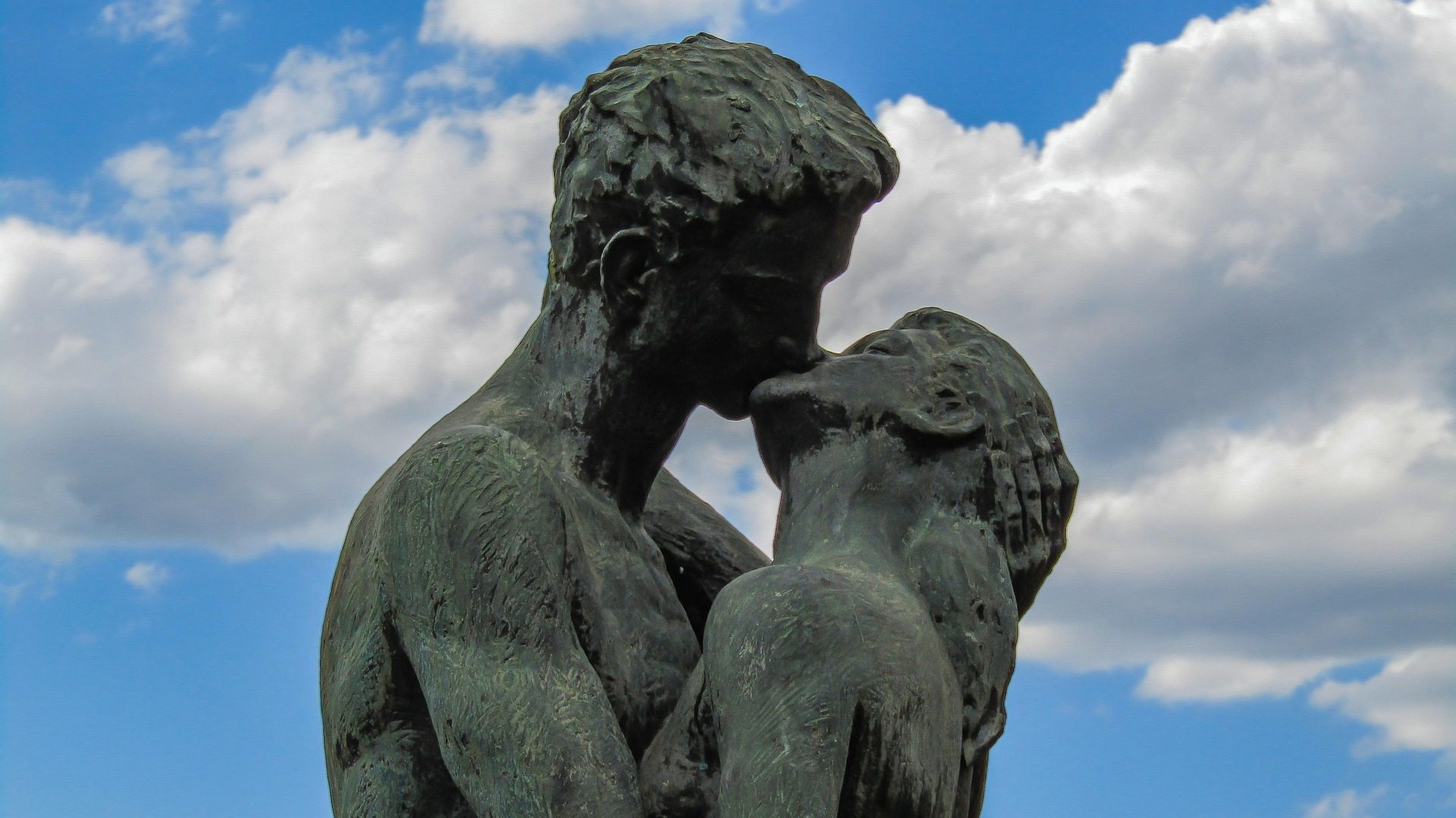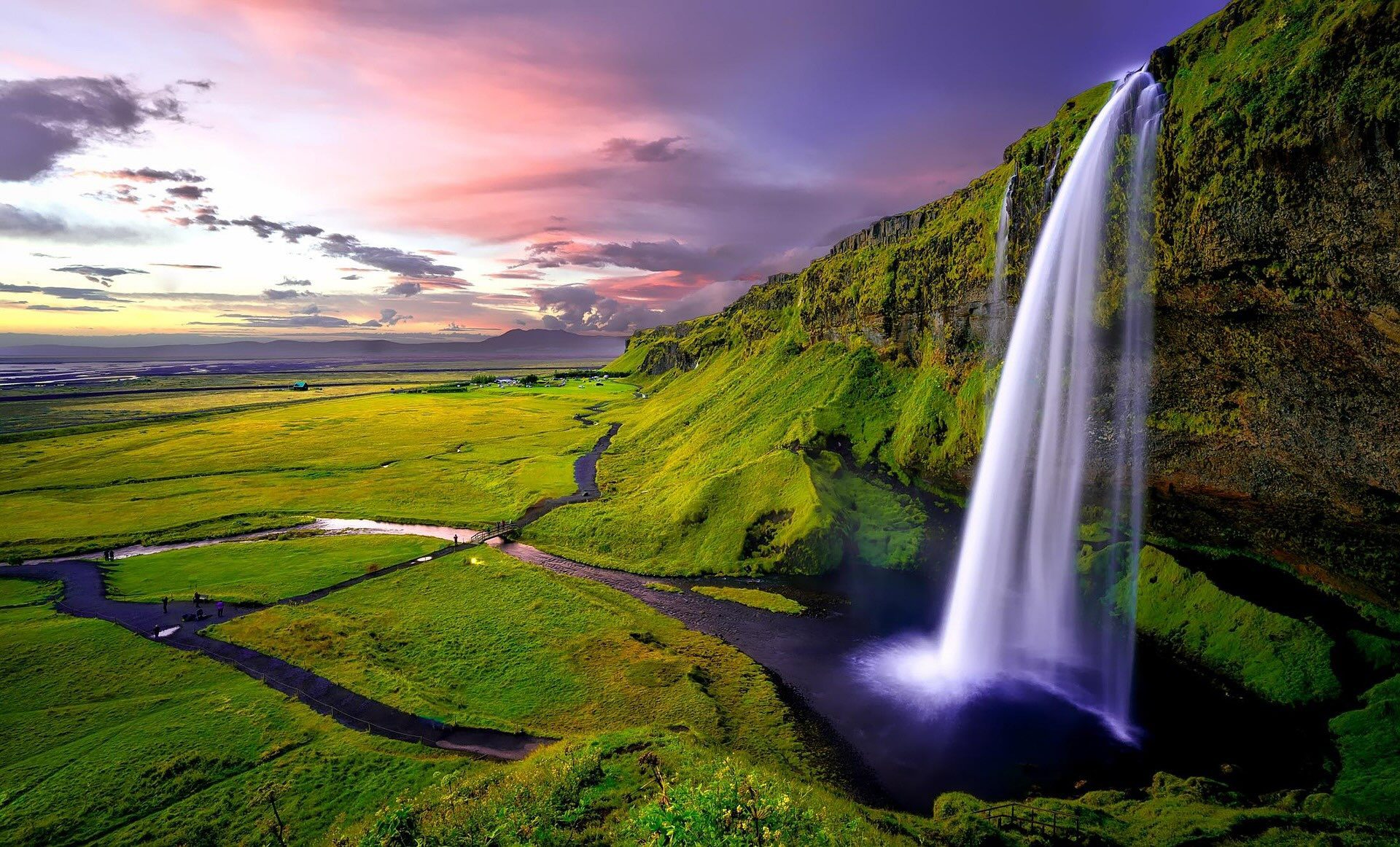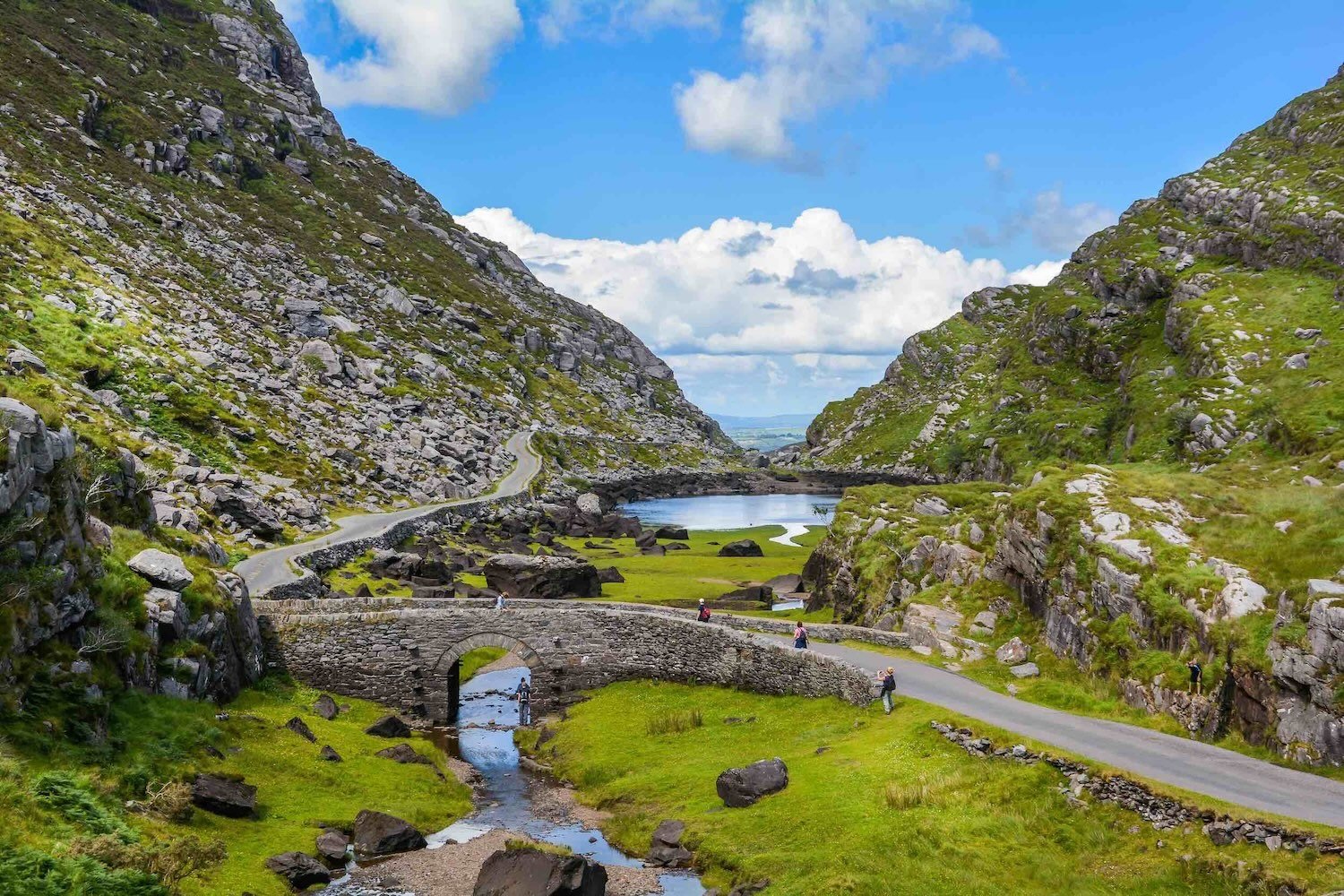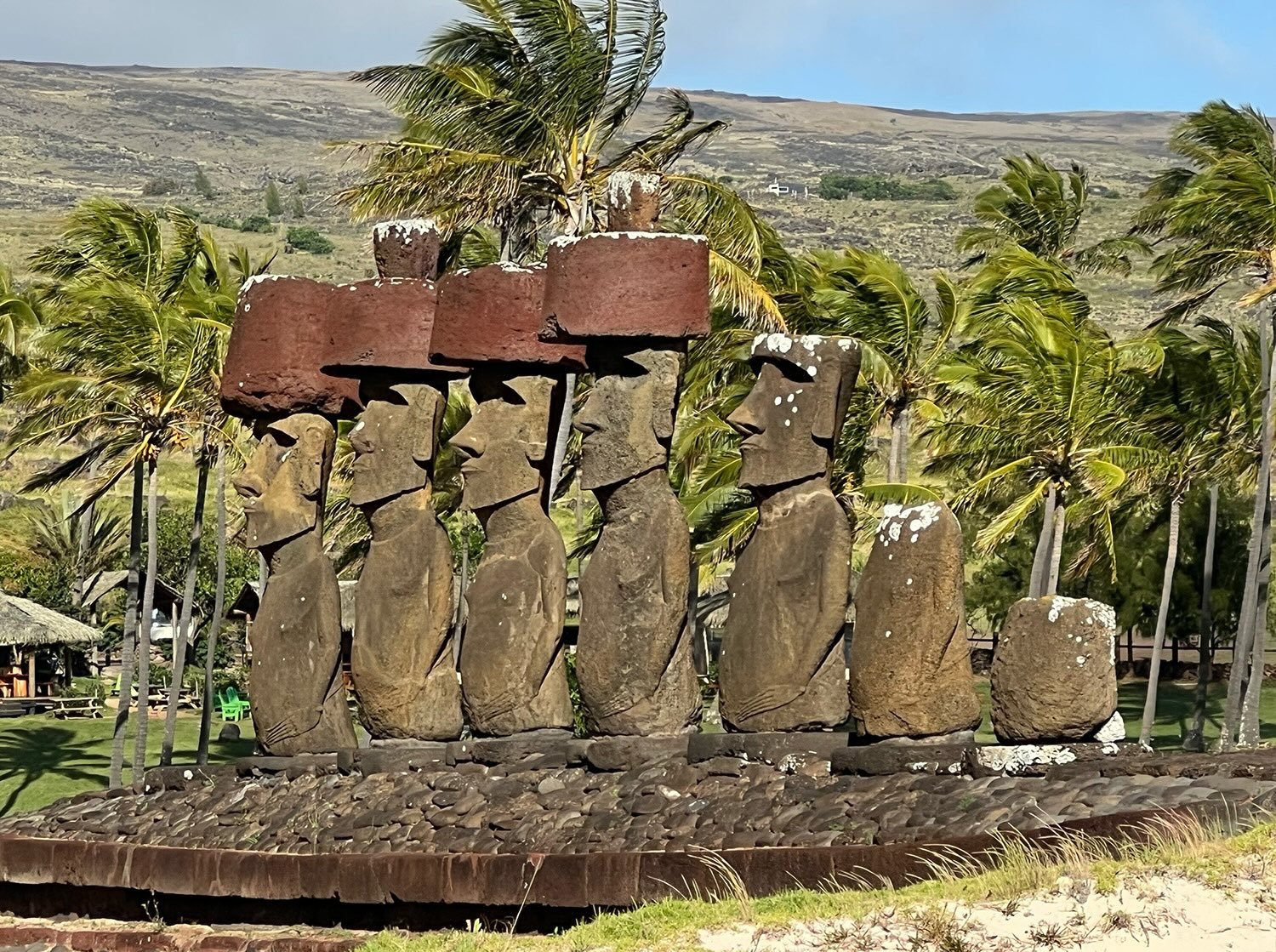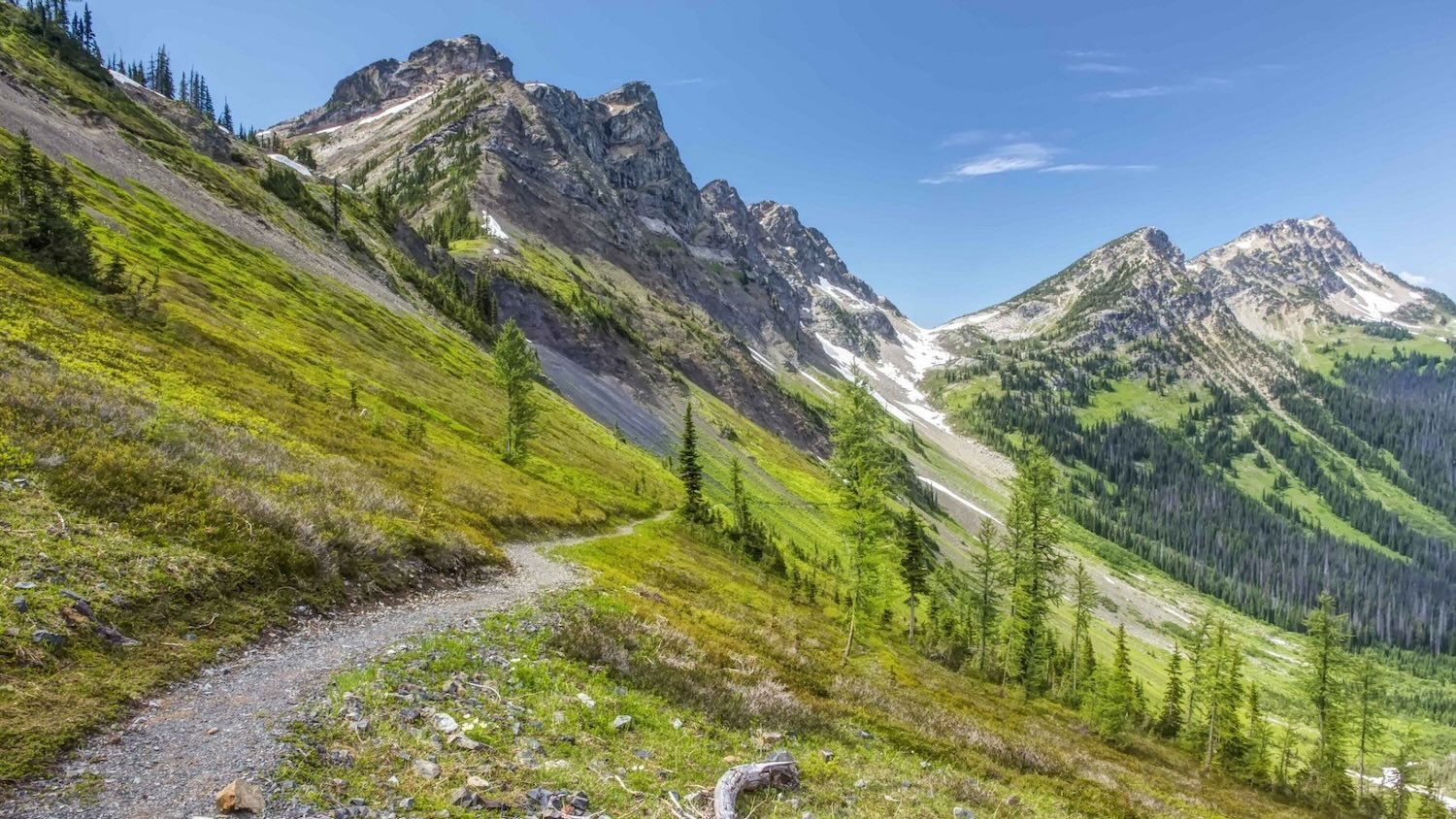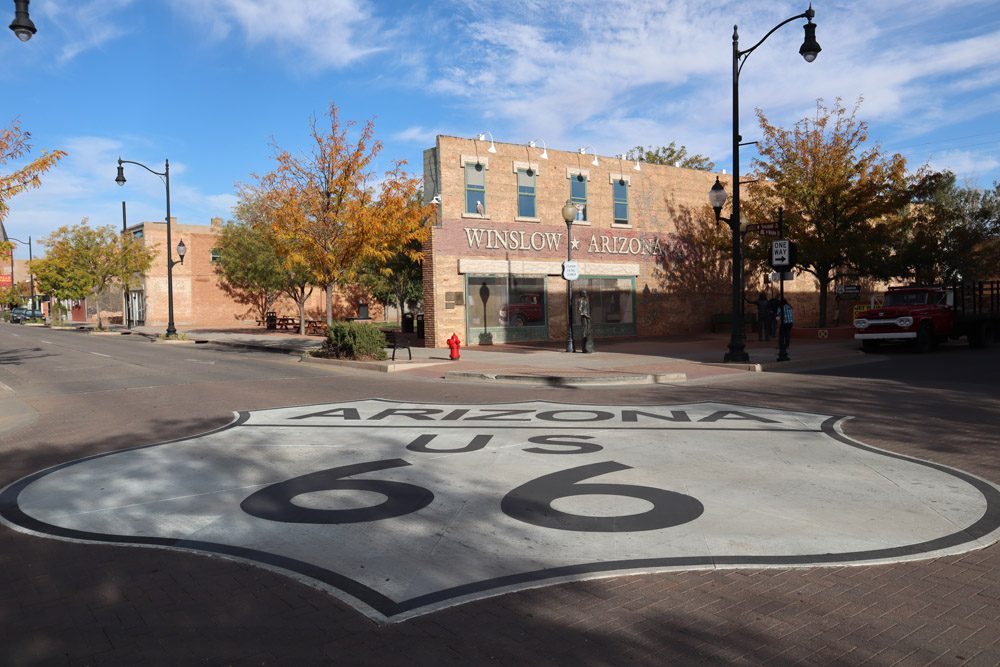My Crazy Christmas Miracle In Tahiti
Road trip in Tahiti
With three days left in Tahiti, it was time to get out of town. I rented an outrageously expensive ‘economy car’ and hit the road to circle the island. I started out with the west and south coasts which are packed with more attractions. My first stop was at Plage Vaiava, a favorite with locals and surprisingly without black sand. The water was super clear and there were even a few topless bathers, something that was definitely a ‘no no’ in the islands I previously visited.
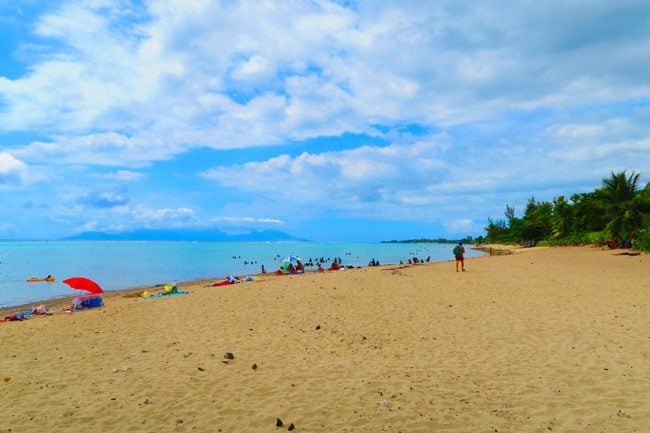
After a quick swim at the beach, I visited a couple of very sacred spots called marae. I’ve seen those before in the Cook Islands but they were never as big as the ones in Tahiti. A marae was the spiritual center of the Polynesians. It is where religious, ceremonial and social activities were carried out. They are still highly spiritual places and in most cases, it is forbidden to walk on the marae’s remains.
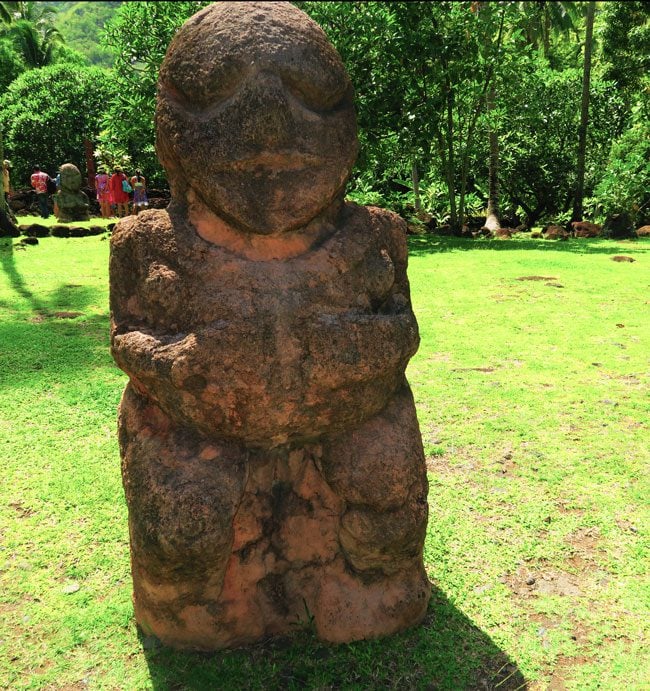
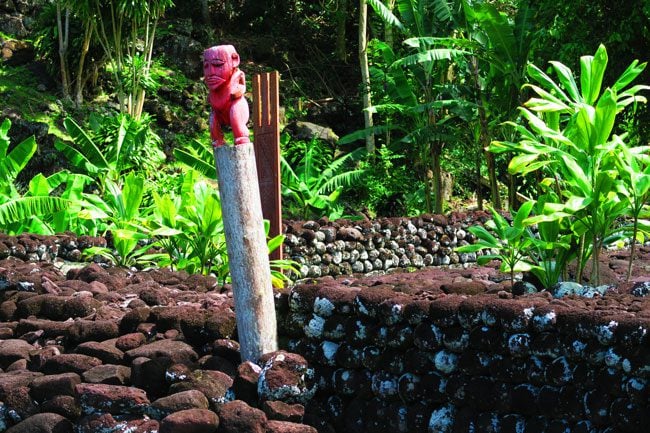
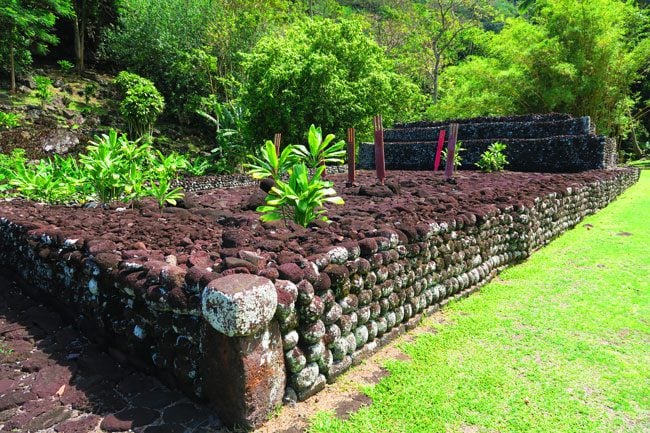
A few miles down the road and finally, a black sand beach! I’ve been waiting to see one ever since driving on the black sand plains of the Mount Yasur Volcano in Vanuatu. Papara Beach is one of the widest in Tahiti, and the clear blue water splashing against the dark volcanic sand provides a unique contrast that I’ve never seen before.
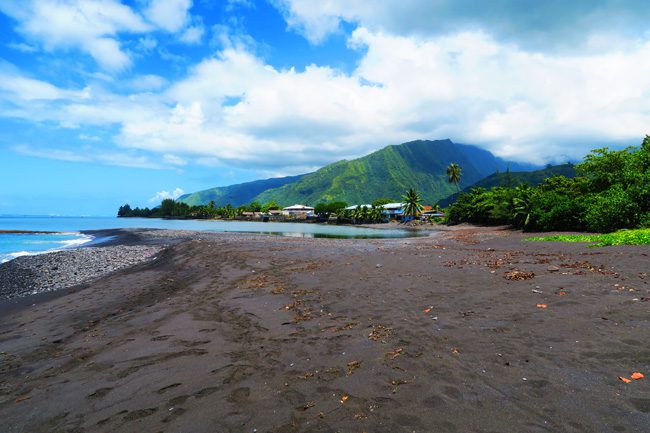
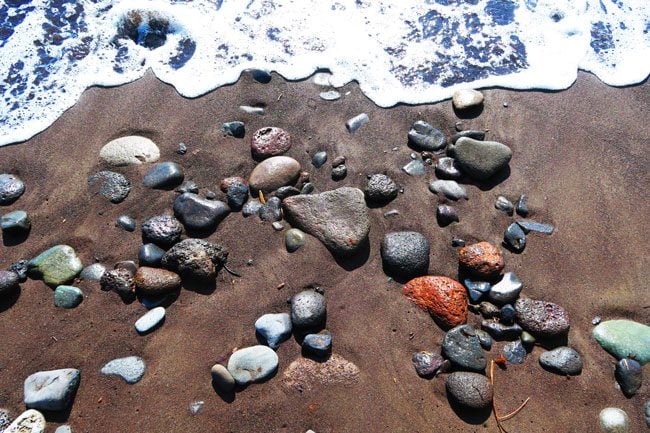
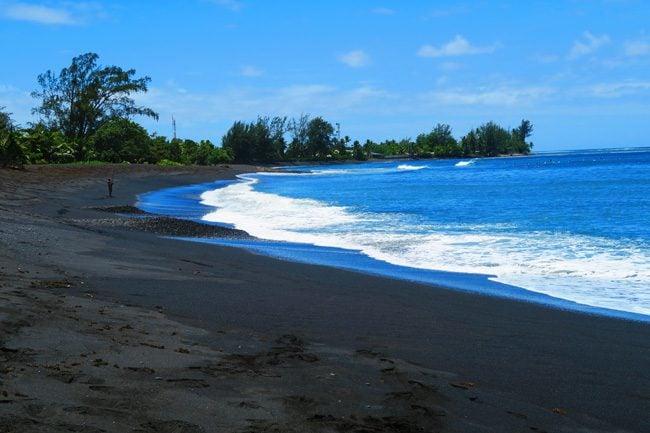
From Papara Beach, the coastal road sweeps between sleepy villages, coconut plantations and churches that haven’t changed much since the days of the London missionaries.
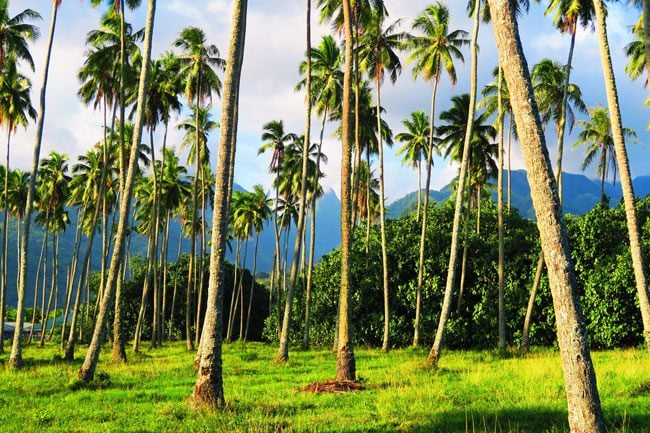
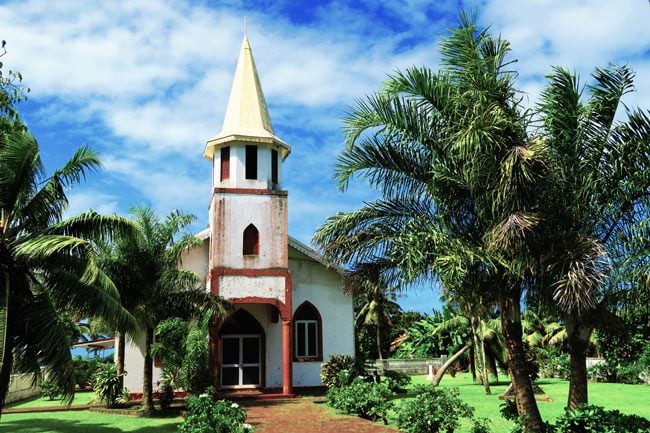
Tropical garden hopping
The next stop was at the Vaipahi Gardens, home to beautifully maintained tropical gardens and a fresh waterfall. There are a few hiking trails up the mountains for panoramic views of the coast.
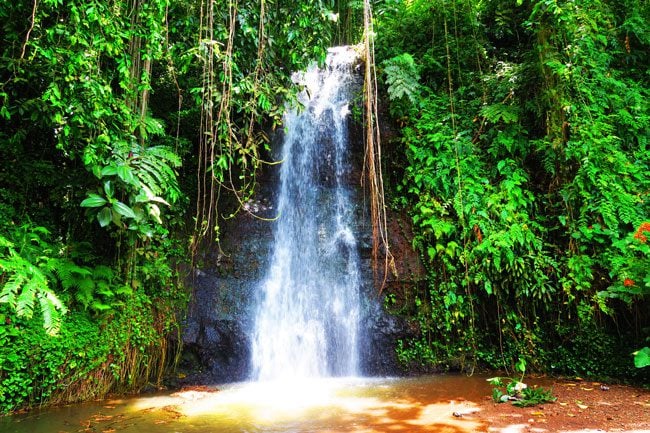
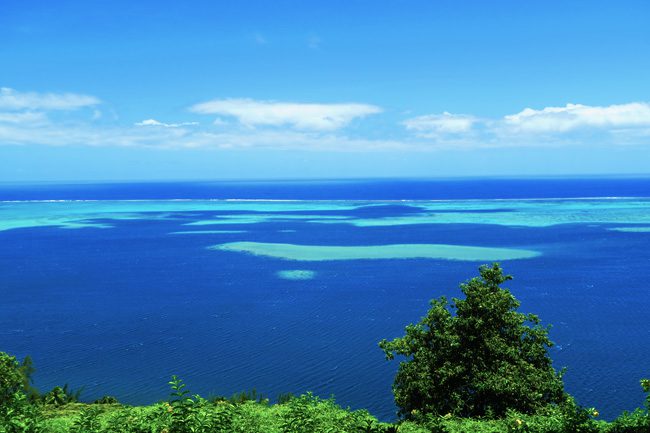
Getting back down involves maneuvering in and out of freshwater streams that are surrounded by unique mape trees (Tahitian Chestnut Tree). The exposed wave-like roots of these trees provide a fairy tale setting and it’s just you and the mosquitoes out here.
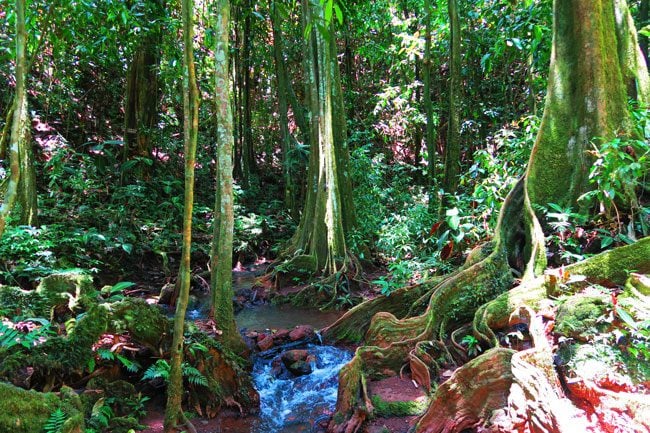
I was so impressed with the gardens, that I decided to pull over to the Jardins Botaniques. The gardens are the work of American, Harrison Smith, who set up these gorgeous tropical gardens back in 1919. Smith introduced a few successful plant species to Tahiti like the Pomelo, but unfortunately also introduced a few which proved to be disastrous. In any case, we’ll forgive him for his mistakes and check out the gardens.
Before we embark on our botanical journey, let’s pay a visit to the resident Galapagos Turtles. The female is thought to be 150 years old and the male is approaching 200! His signs of aging are showing, as he’s extra slow and blind. Age doesn’t seem to suppress their appetite – these fellas enjoy a constant supply of fresh vegetables, which can be fed by visitors – as you can see. These creatures are simply incredible!
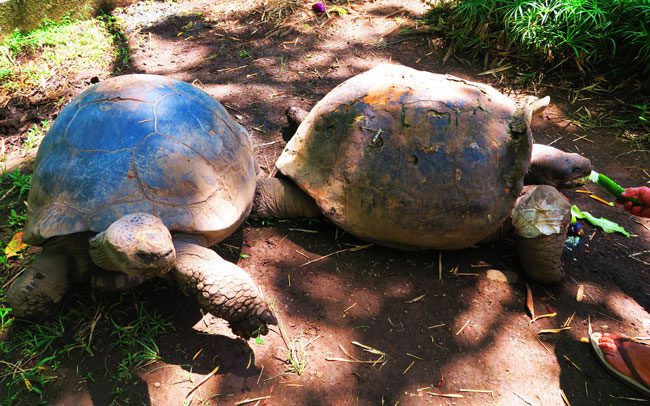
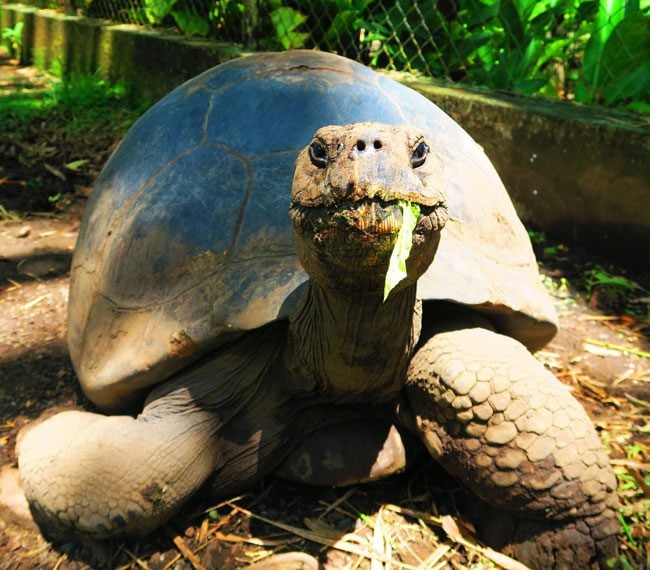

Back to the gardens now. We’ll start off with a walk through the mape forest – remember, it’s those trees with incredibly wavy roots. Did I just step onto the set of a Harry Potter or Lord Of The Rings sequel?
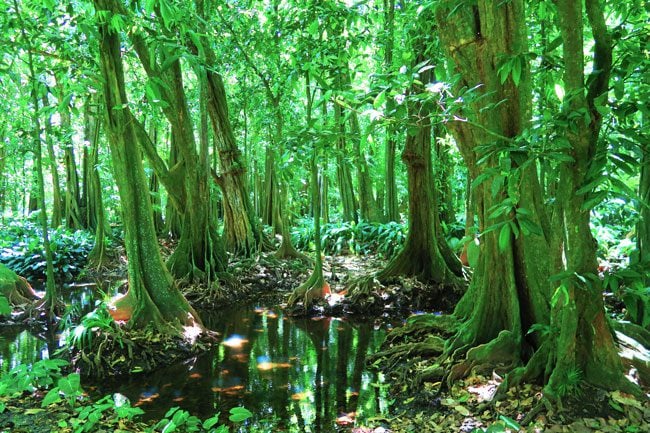
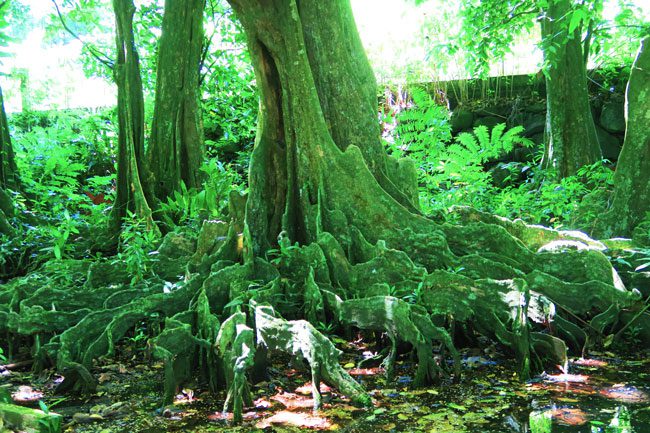
Aside from the chestnut trees, the gardens are also home to giant lotuses, tranquil lily ponds and of course, endless rows of coconuts. It’s so peaceful here that I could definitely kill a few hours, but it’s time to get moving.
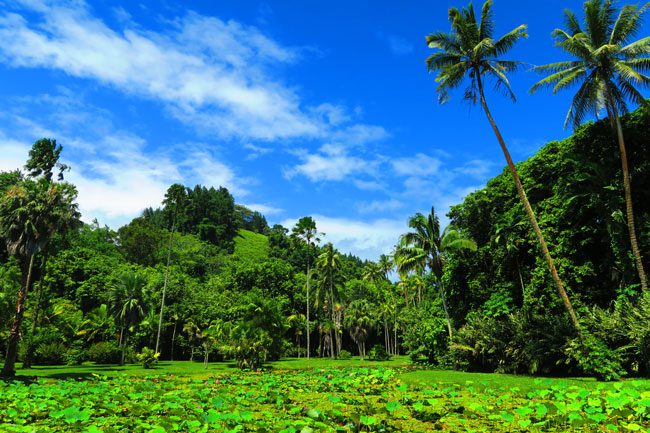
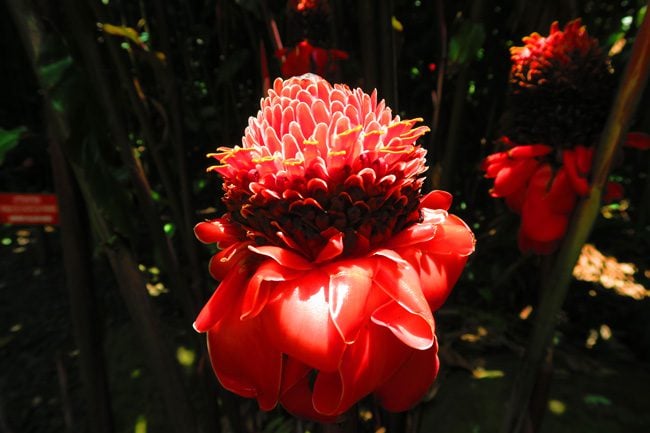
Crossing over to Tahiti Iti
The coastal road took me over to Tahiti Iti, the little sister of Tahiti Nui. This is the island where the French first landed and it couldn’t be more different than Tahiti Nui. Here, things move at a much slower pace. It reminded me of rural life back on Savaii Island – Samoa’s ‘wild’ island, with the mountains and the sea and not much else.
If you’ve embarked on road trips in France, you’ll probably recall the French love for mountainous roads up to panoramic views. Tahiti is no different in that respect, so I put the car in low gear and drove up to the ‘belvedere point’ of Plateau de Taravao. From here, you can really appreciate the rugged beauty of Tahiti.
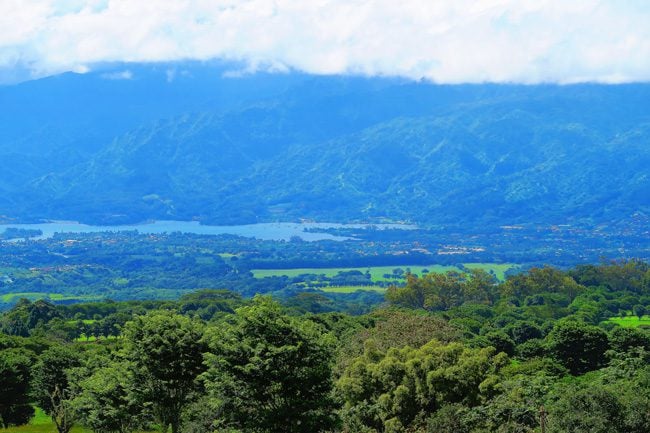
From the belvedere, I descended to the last leg of this journey. In fact, there’s not much choice since the road is about to end. I passed by Maui Beach, a small sliver of white sand that attracted local villagers at a day’s end. How many of you go for a dip in the ocean after a day’s work? Island life has its upsides.
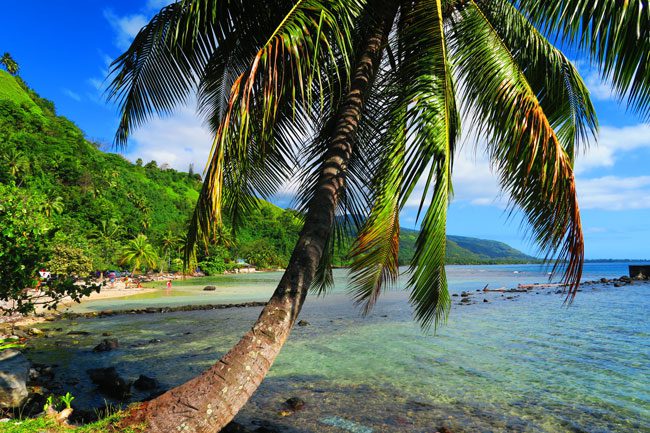
From Maui Beach, the road ends at the famed Teahupoo Beach. There’s no mistaking the reason for this beach’s fame – this is the surf capital of Tahiti! This calm-looking beach gets some serious waves (up to 8m!) and attracts top surfers every year for the Billabong Pro. On this particular day, there weren’t any big waves and Kelly Slater was nowhere to be found.
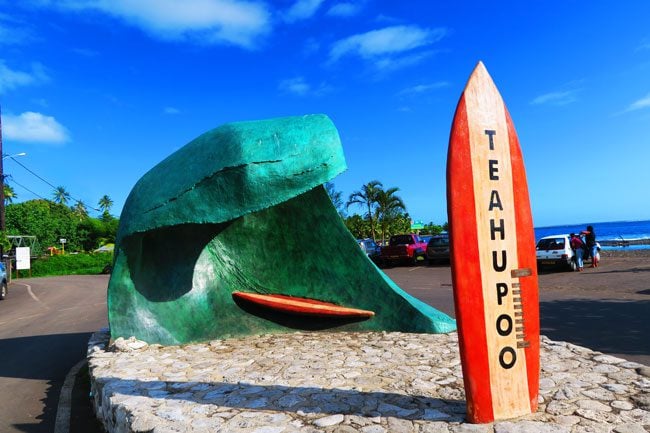
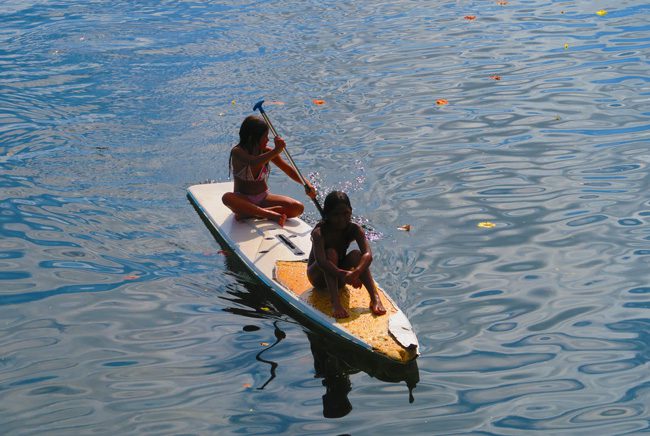
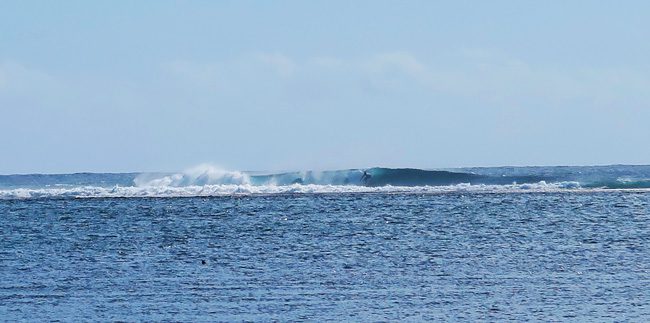
Nevertheless, the black sand beach is impressive and the lush mountains partially hidden by the towering palm trees provide a very relaxing vibe. I can totally imagine how cool it must be to stay here during the surfing competition.
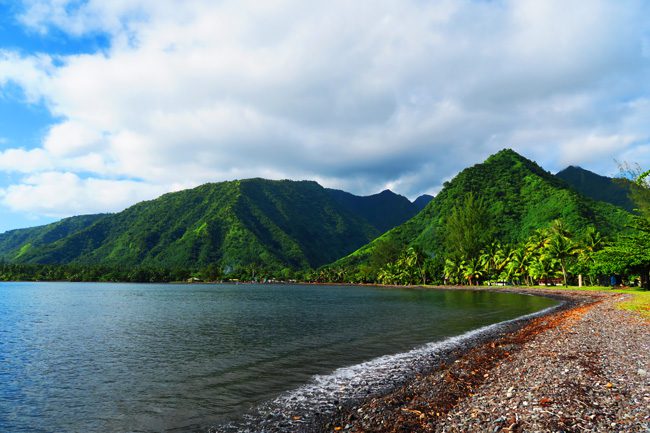
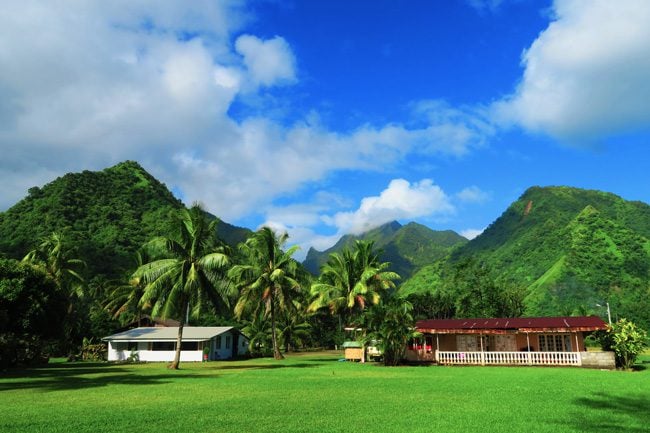
From Captain Cook to waterfalls
The following day, I checked out Tahiti’s north coast – the quietest part of the island, where the mountains really squeeze the coastal road into the ocean. It reminded me of the legendary Pacific Coast Highway in California.
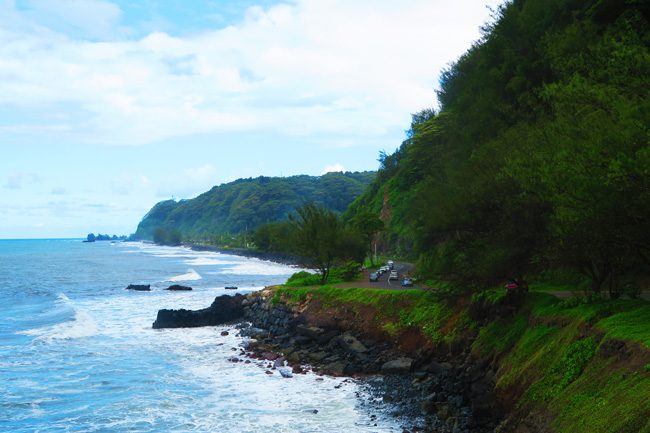
The first stop was at Point Venus in Matavai Bay, where a few major historical events took place. Here, Tahitians first made contact with Europeans and where the mutineers of the HMS Bounty made landfall. It’s also where missionaries landed in 1796 and where Captain Cook parked his ship on his unsuccessful voyage to track the movement of Venus. Today, there’s a cute-looking lighthouse that’s popular with Tahitian petanque players as well as a beach that’s popular with aspiring surfers and canoers.
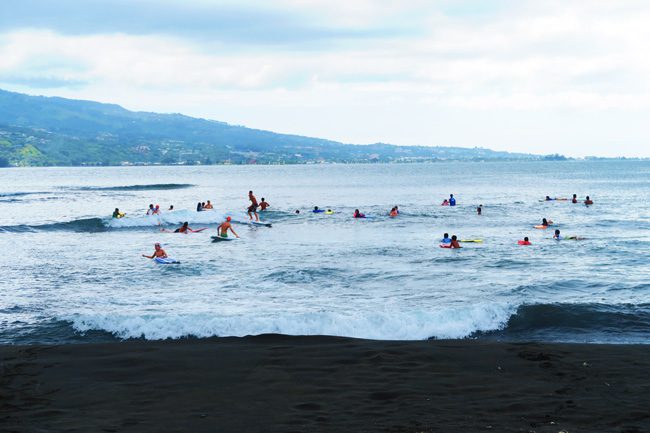
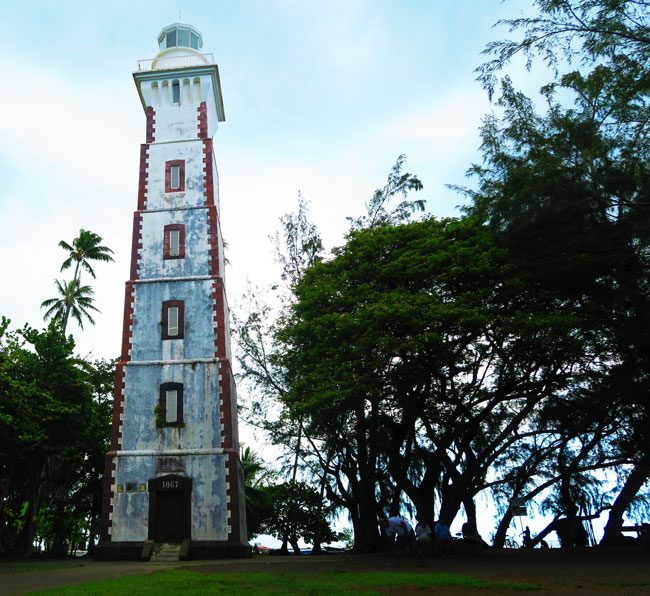
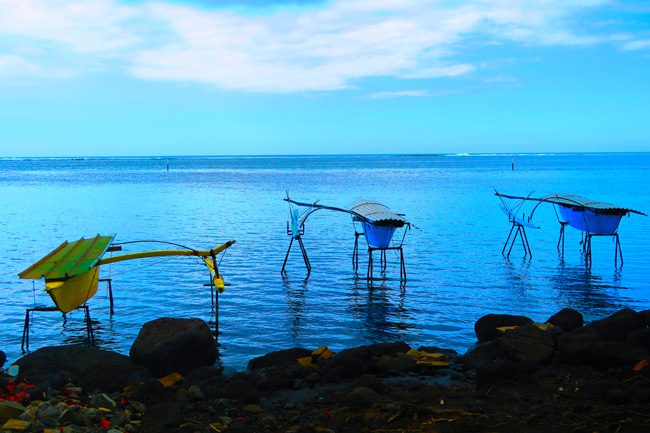
About halfway along the coast, you come across the Arahoho Blowhole. As you exit the car, you hear underground whistles coming out of the giant lava tube right beneath you. As you make it to the coast, gushes of water rush out of the rock!
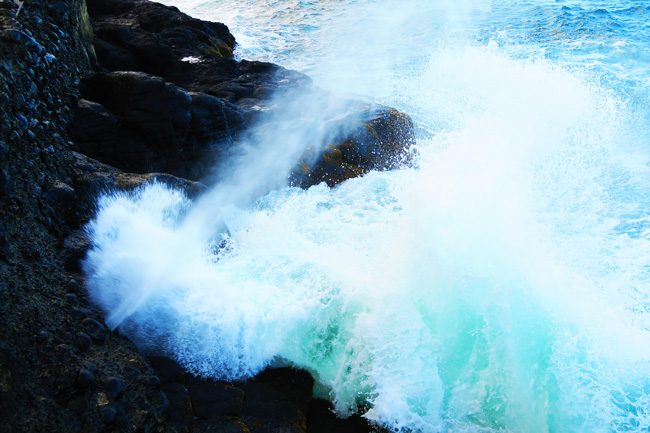
A few meters down the road was the last highlight of this Tahiti road trip – The Three Waterfalls. As you can see below, the area suffered major damage from heavy rains a few days ago and it wasn’t really possible to access the waterfalls from up close. Locals sustained a great deal of damage and when I was there, damage assessment was being done by the local government.
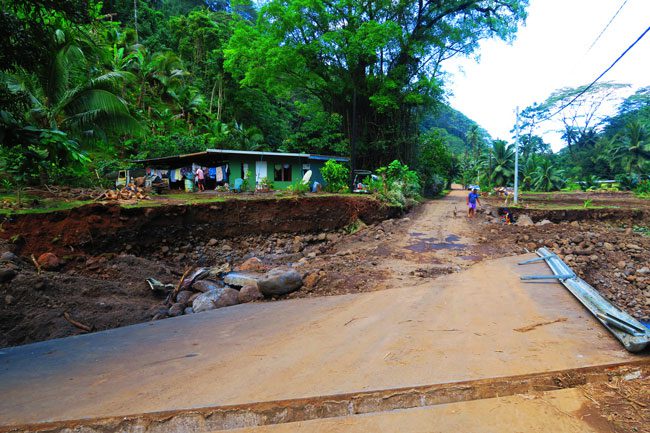
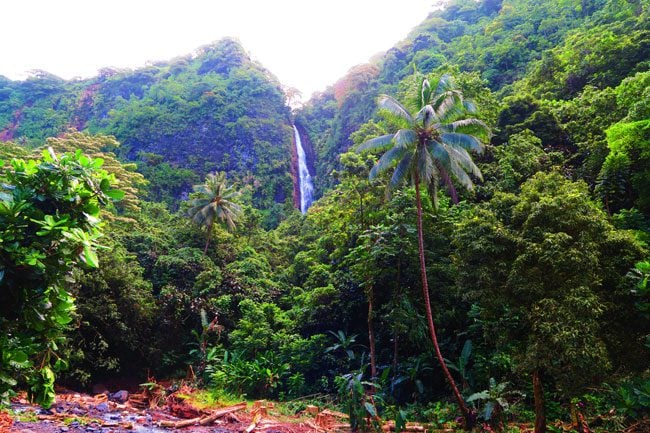
Saving the best for last!
My last day in Tahiti was the most challenging one. Inspired by the mountains, I decided to attempt the challenging climb to the third highest peak in Tahiti – Mount Aorai. Towering at 2066 m, Mount Aorai is regarded as one of the top hikes in the world. The thing is, that it’s not recommended to summit the mountain in the rainy season, definitely if you’re flying solo. And one more thing, you should leave at the crack of dawn, because by 10 am you’ll be walking in the clouds and that would be a waste of an effort.
I decided to take the advice of a few locals and only attempt to make it to the first refuge hut, leaving the summit for another trip. I felt confident enough since it hadn’t rained in the last few days, at least not in town, but took plenty of supplies just in case. The trail starts with gorgeous views down towards Papeete, across the water to Moorea and more of what’s to come in the form of breathtaking mountains that seem to ripple across the horizon.
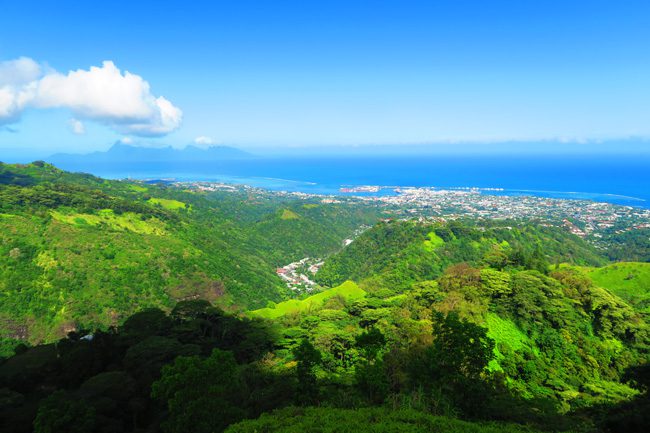
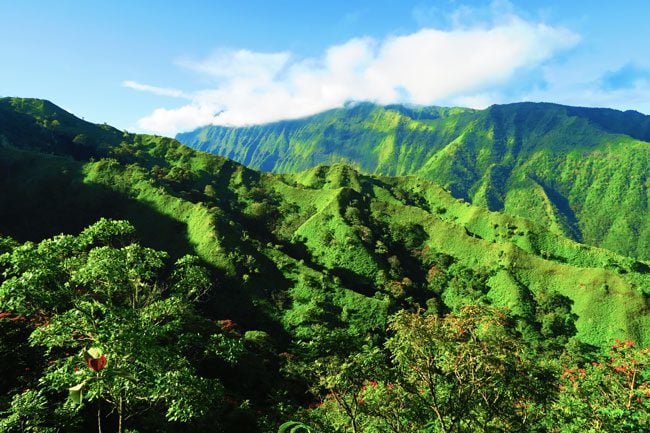
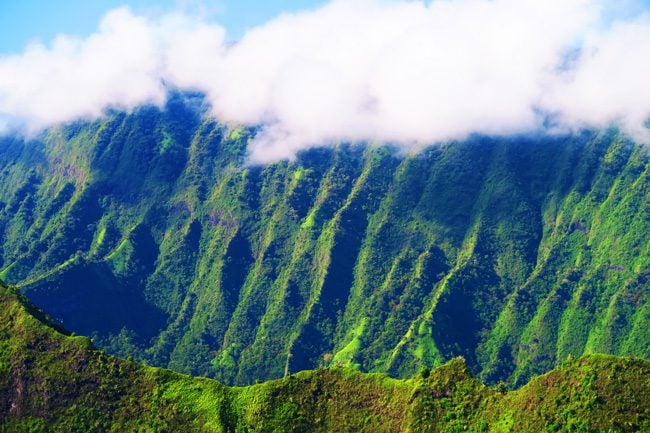
After these views, the going gets really tough. You’re pretty much walking on a narrow path carved into the mud, where your next move could be your last. Another challenging aspect that I didn’t take into account is the wetness of everything, in the morning dew. After just a few minutes, I was completely soaked from head to toe. Those waterproof hiking shoes were no match for mother nature – but there’s no turning back now.
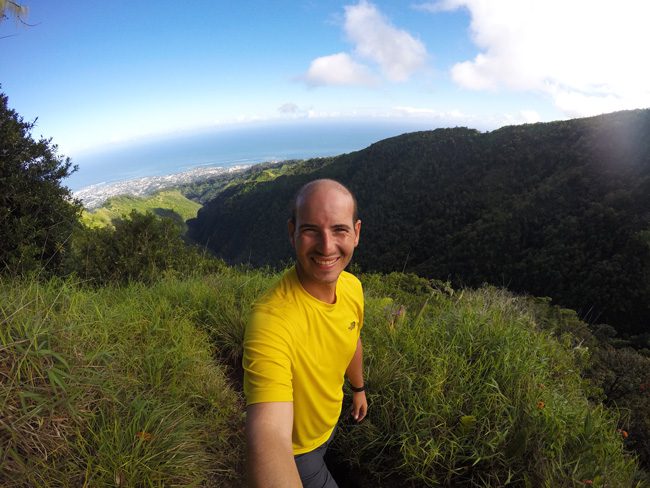
Soaked but still progressing nicely, the trail took me beneath the canopy and into the rainforest. With all the water this place gets, it’s no surprise to find freshwater streams gushing out of the mountainside, mossy bushes and tropical flowers. Only the monkeys are missing but the birds certainly make up for the lack of noise.
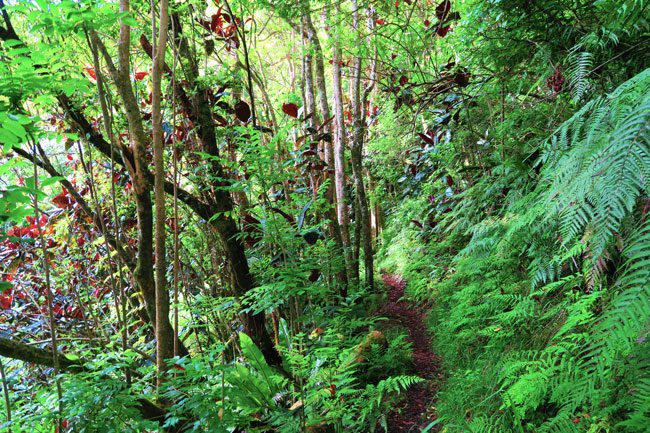
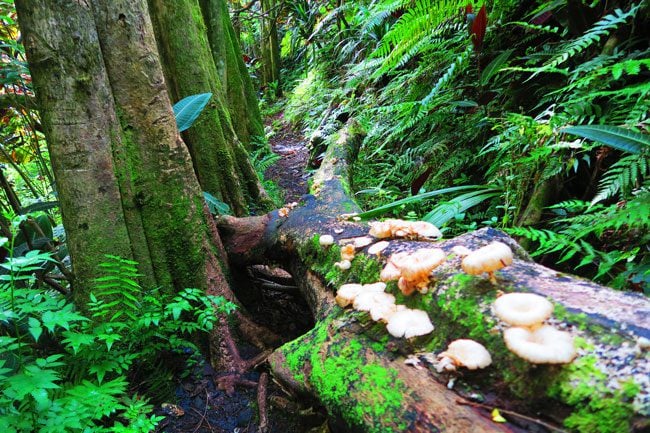
Are we there yet?
The hike gets tougher as you continue to ascend and you just need to plow through the waist-high vegetation. During a water break, I heard faint sounds getting clearer and clearer and a few minutes later, a party of four greeted me. I was happy to hear they’ve done this before and that we were only 15 minutes away from the refuge hut – our turnaround point. By then, I was so sweaty that even my hat was sweating!
Fifteen minutes turned into 30 but the view from the hut was well worth it. My God! Can you imagine this place on a cloudless day?
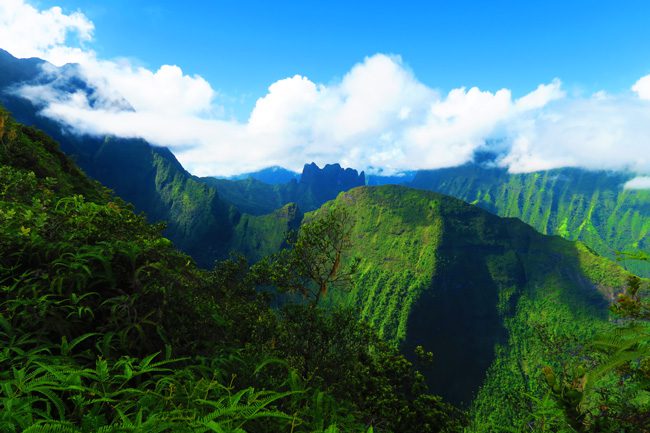
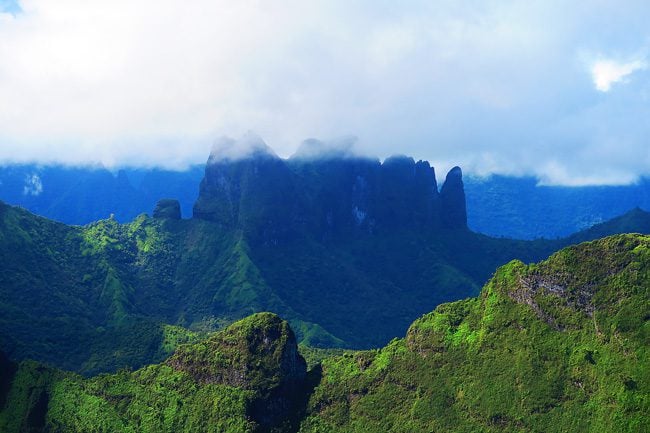
From this point, it was either to attempt the ‘Devil’s Ridge Pass’ or head back down. You pretty much summit the mountain by walking on the narrow (and buttery) ridgeline for a good few km. Seeing how the moisture in the valley had already condensed into clouds, and I didn’t want to mess with the devil, it was wise to turn around and descend via the clouds. Mom, I’m still alive and it was all worth it! For those of you who want to see what the summit looks like, check out this link.
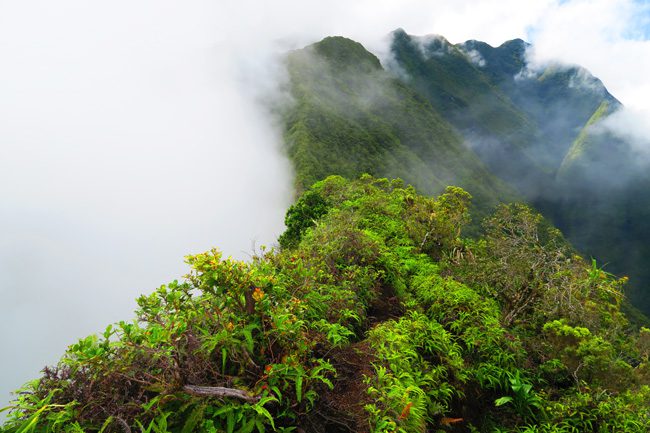
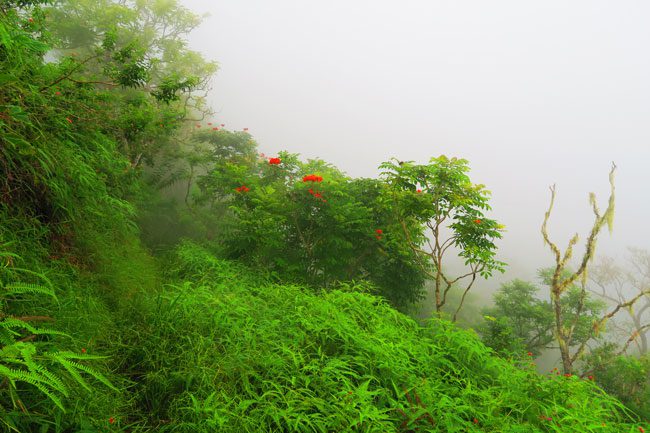
What’s Next?
Tahiti was just lovely and I can’t imagine how most package holidaymakers simply skip it. But it’s now time to hop on the ferry for a month’s stay in Moorea! The island of Moorea is just as rugged as Tahiti but is super laid back. I can’t wait to share with you what’s next. See you in a couple of weeks.
Heading off to French Polynesia? In-depth island guides to all 5 archipelagos await you, including sample itineraries and essential travel tips & tricks.
Tahiti, Tailor Made!
The Islands of Tahiti are among the last places to be colonized by mankind, 118 islands, each with its unique personality.
Get expert advice and assistance with planning your trip to the destination where tropical dreams come true!
